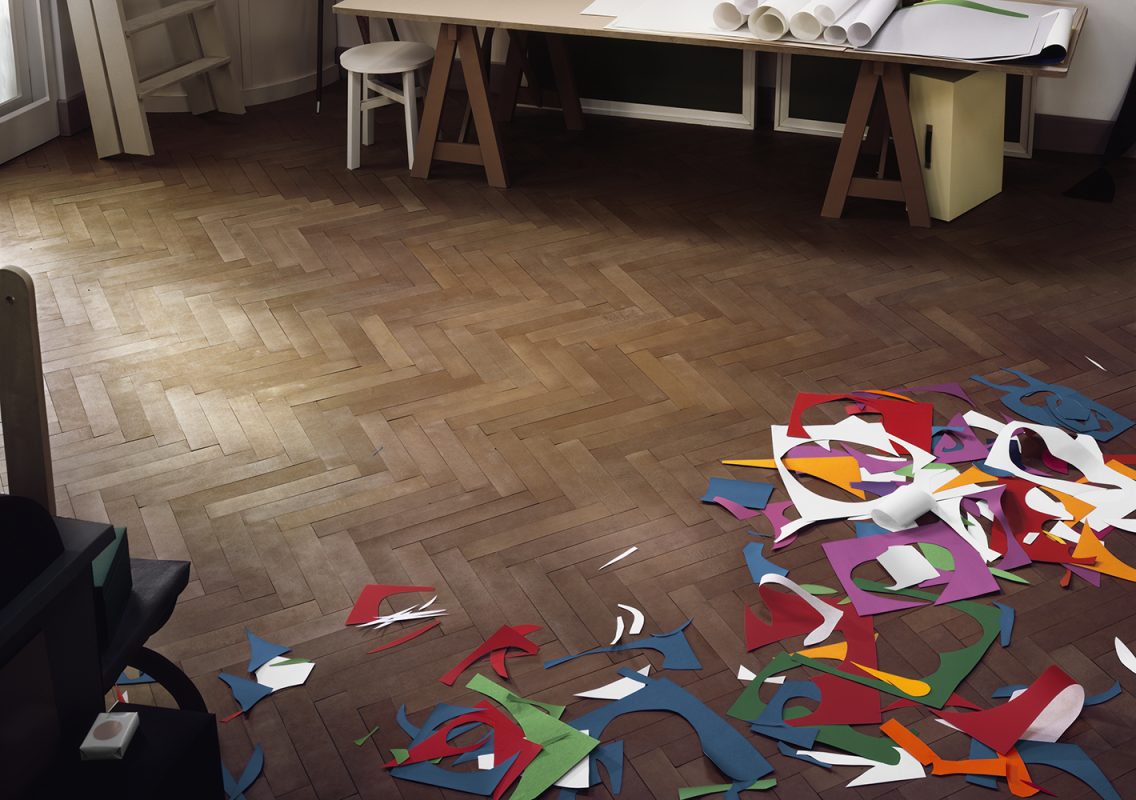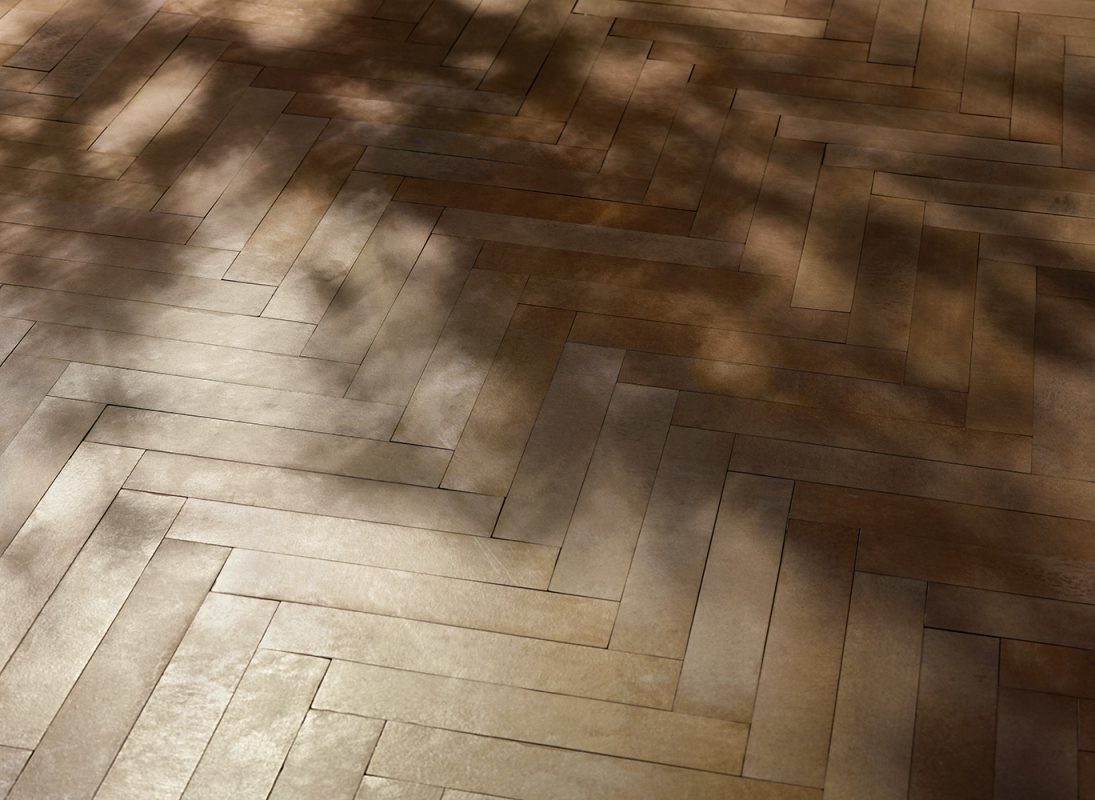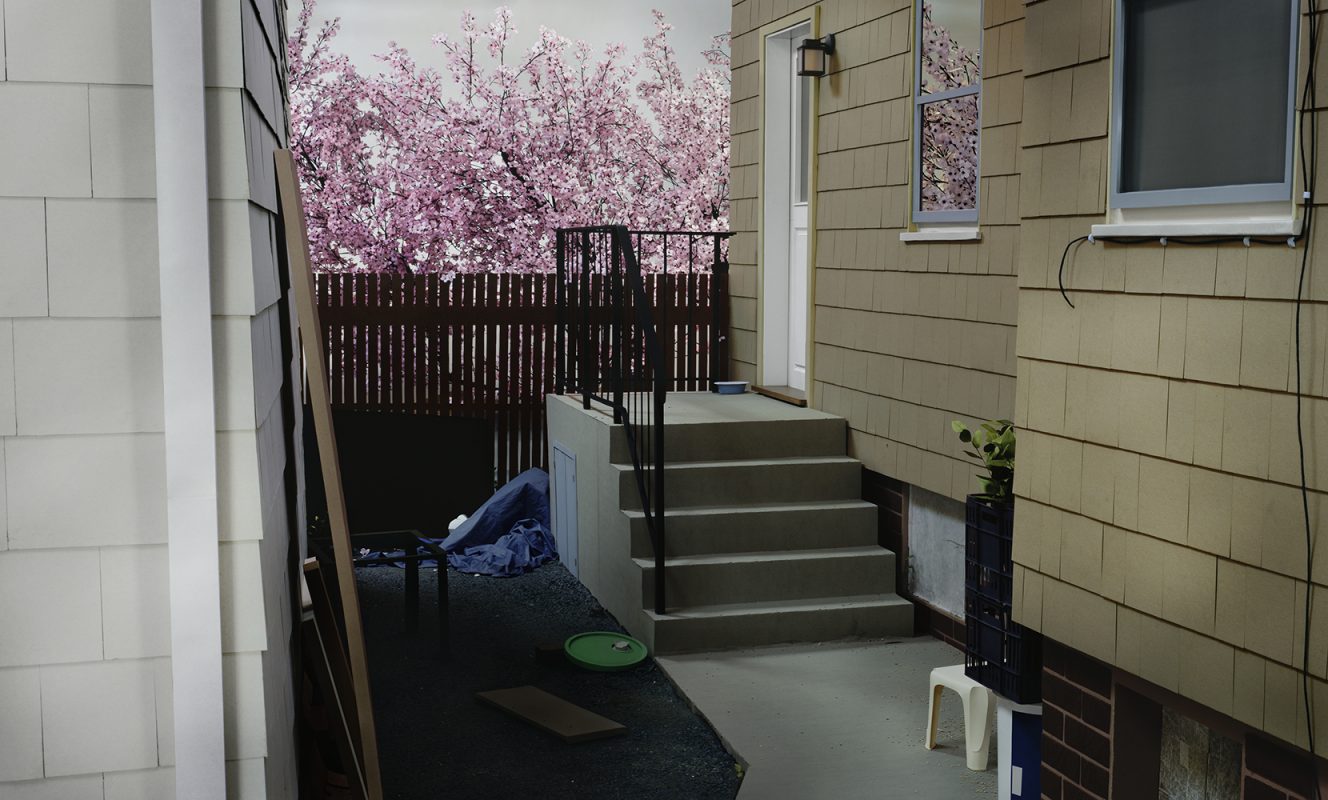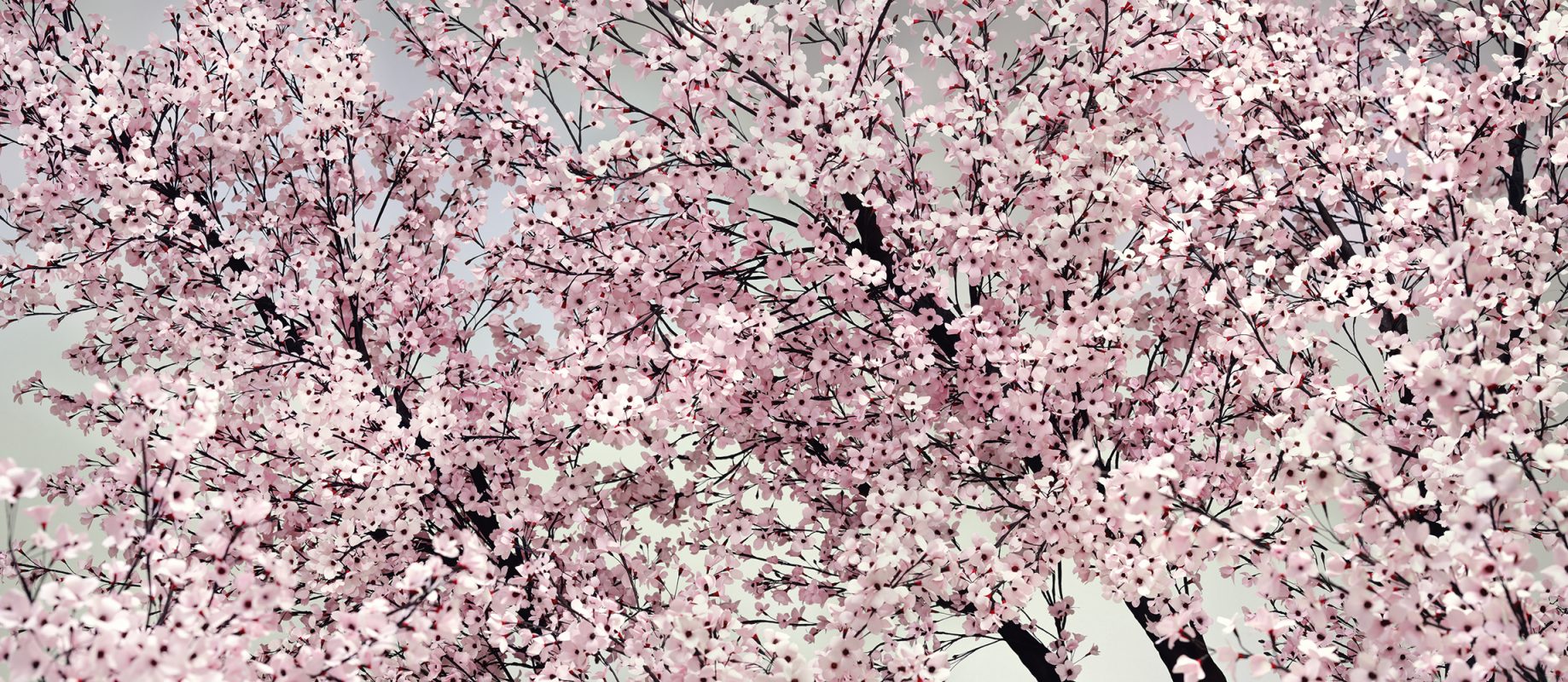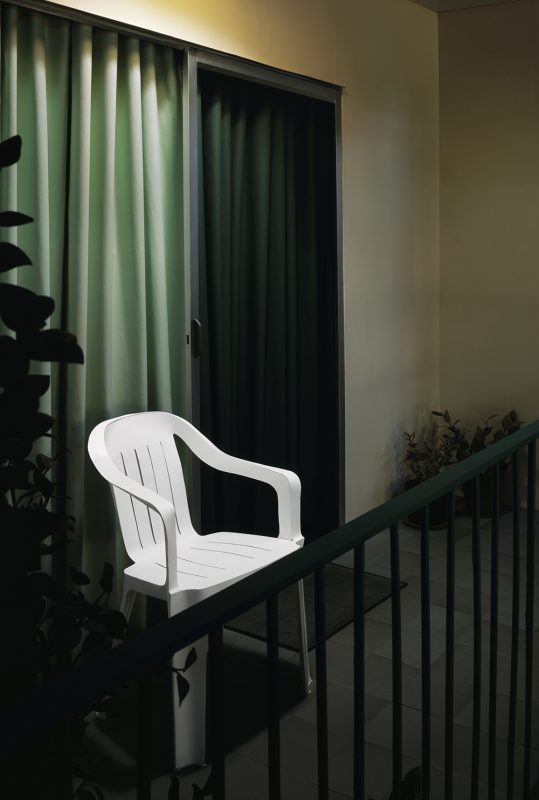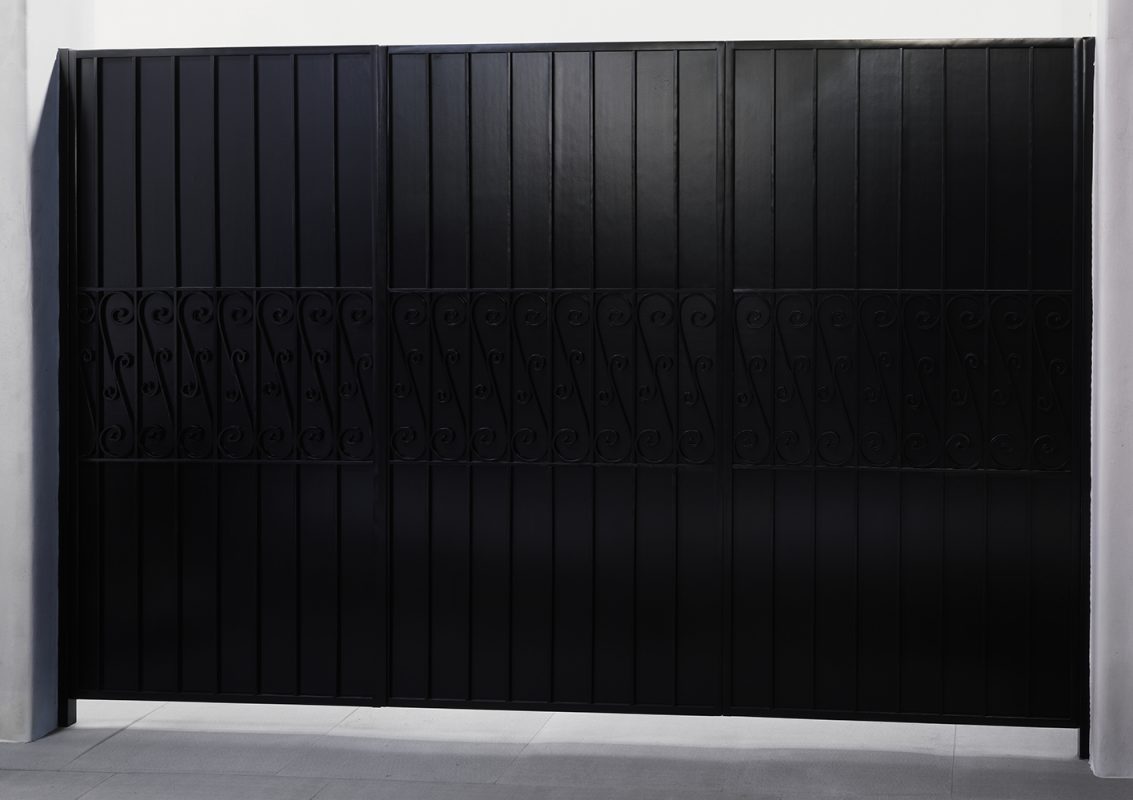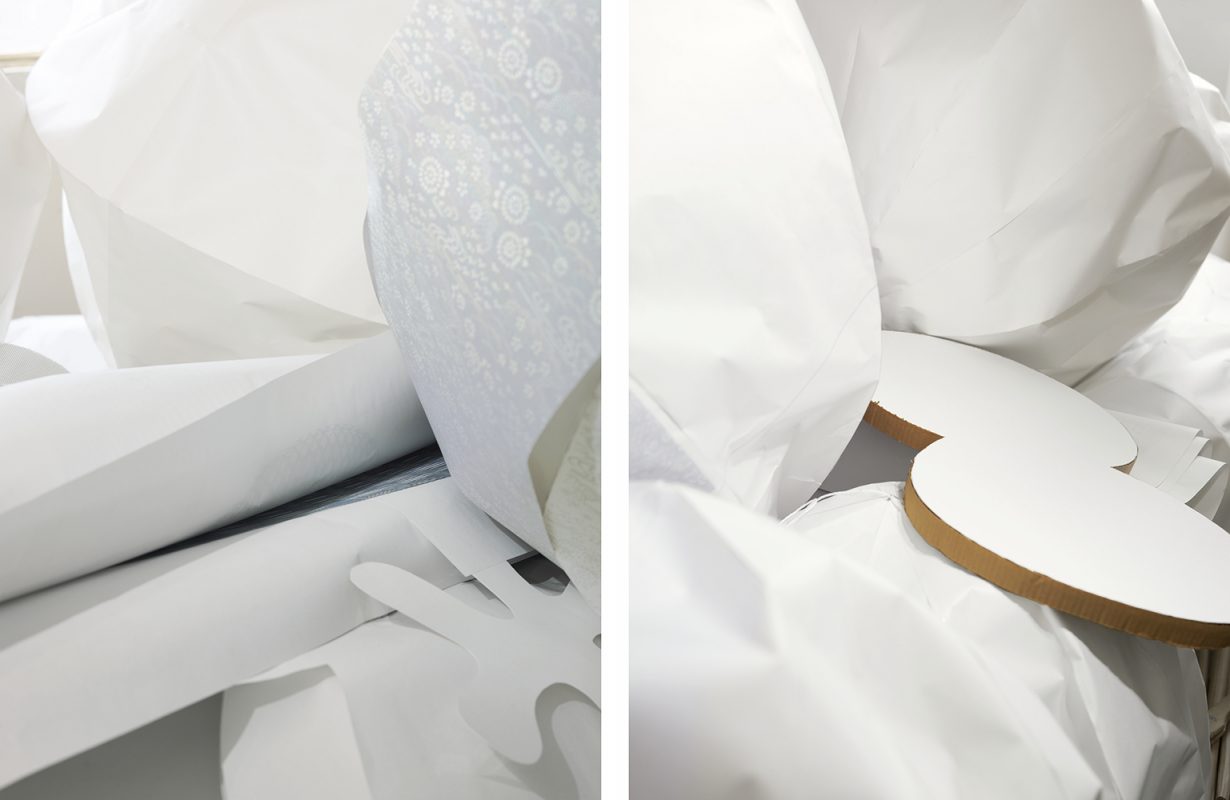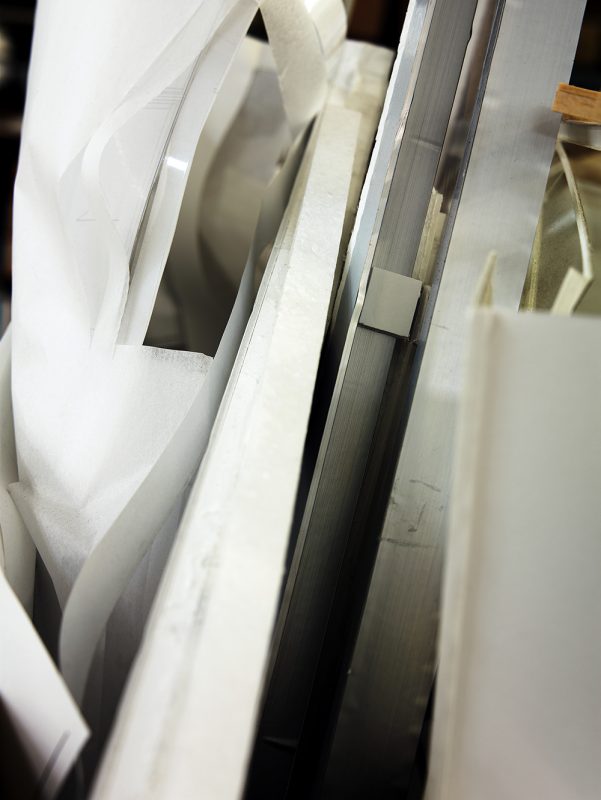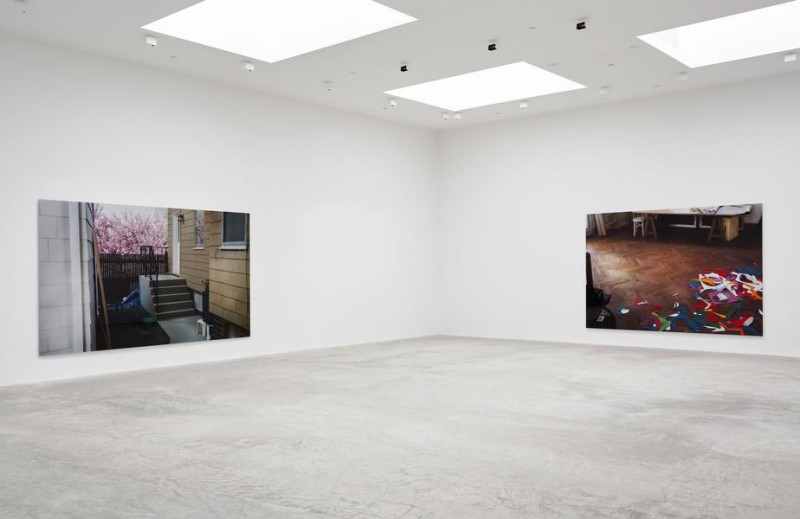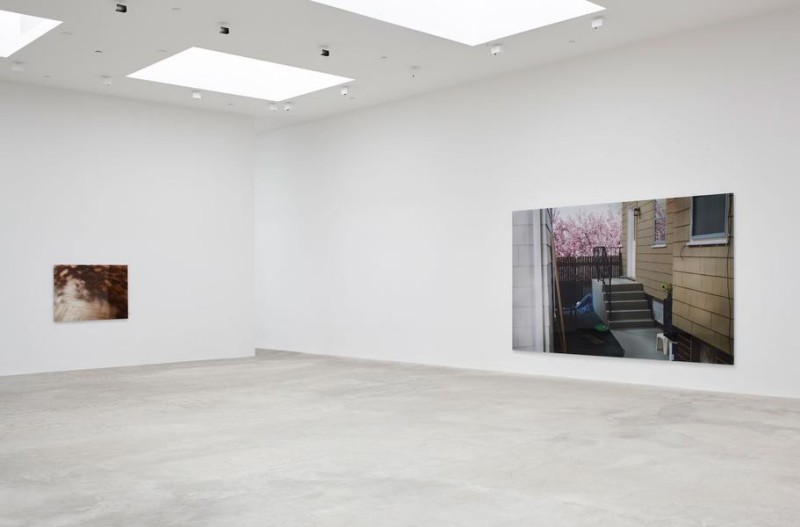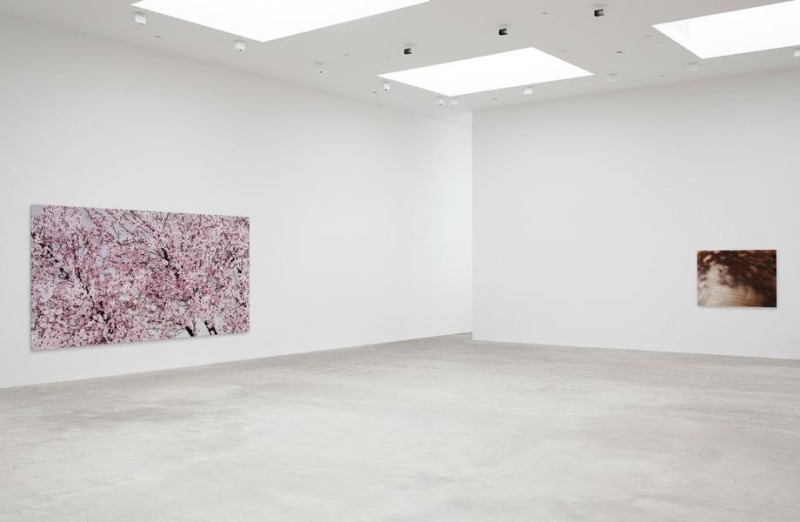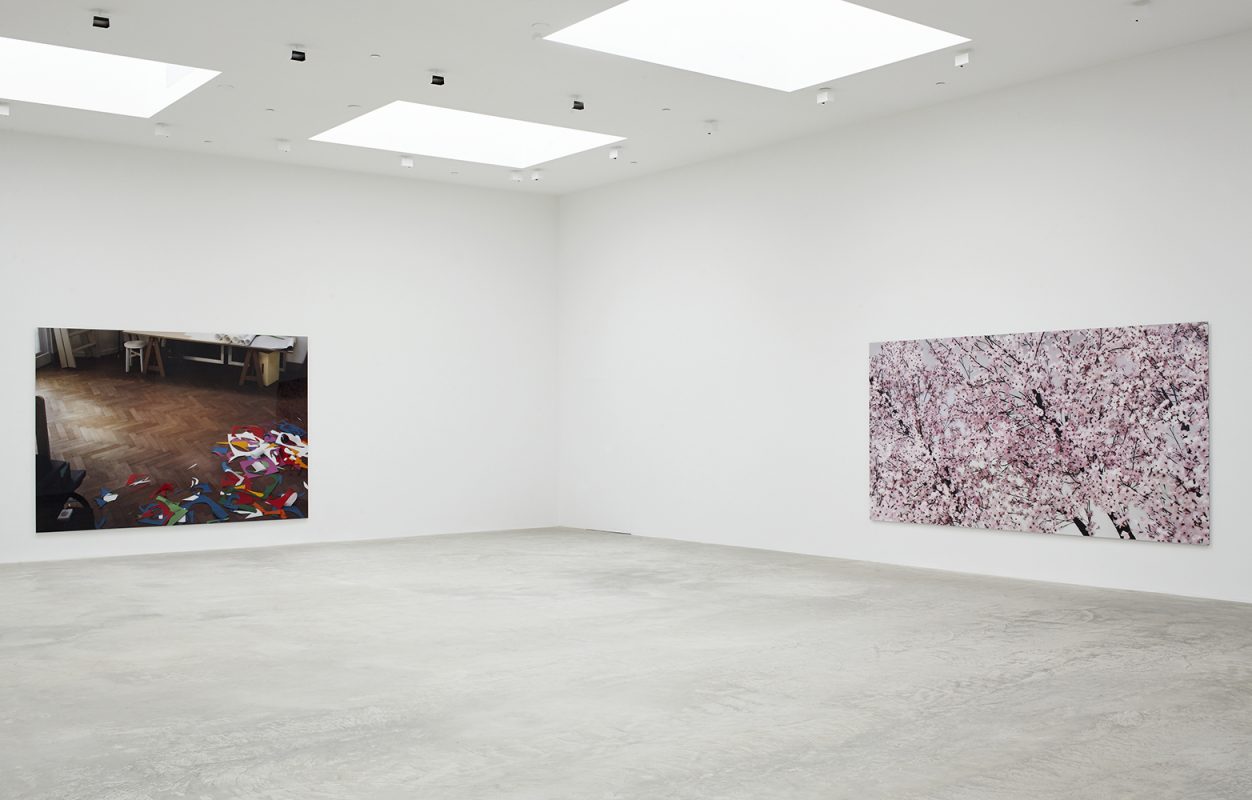Thomas Demand
New Photographs
Essay by Duncan Wooldridge
Matthew Marks Gallery, Los Angeles
24.01.15 — 04.04.15
In the beginning was the model. And the model demonstrated that the idea worked, at least on paper. And what began on paper, was in turn mediated by it, and has returned to it, becomes it. In most accounts of his work to date, we have known Thomas Demand for his paper sculpture, and what we might also think of as his constructed, or staged photography of these objects. We are familiar with their laborious production, their 1:1 scale, and their origins in pre-existing photographs. Such contexts inspire a wonderment – upon the first viewing of Demand’s project we are drawn to its labour and spectacle, and perhaps justly so. But for those who return, what of the strange balance of familiarity and the novel? Is a different set of longer lasting questions at work?
It is strange that we might account for the role of paper in the work of Thomas Demand, and not that of the model. Apparent in Demand’s most recently completed work, in his exhibition at Matthew Marks in Los Angeles, is the evolving status of this very object. The philosopher Vilém Flusser wrote, in a lecture to L’Ecole Nationale Supérieure de la Photographie, in Arles, France, that photographs were models. He stated: “The true photographer intends to make pictures which may be used as models for the experience, the knowledge, and the evaluation of their receivers.”
The photographer, for Flusser, did not simply accept the apparent ‘realism’ of the image, but actively constructed it. For Demand, the model is a unifying theme, which brings together the artist’s method and subject matter. He is at once the maker of physical models, and the surveyor of photographs as models of meaning and information.
On the one hand, a model might be retrospective: it is an historical image existing as a blueprint. It functions as a marker or trace, the flicker of an event whose significance is only now becoming fully apparent – in Atelier, the brightly lit studio of Henri Matisse is represented at a late and overlooked stage of the artist’s career, at the moment of his cut-outs. Coloured paper is strewn on the floor, as if we were witnessing the moment after they were formed from their paper – just as they were made, and about to go out in to the world. More than simply a product of the artist’s age and ill health, which usually attempts to explain his move from painting, the cut-outs suggested a different strategy of art-making, made of paper and scissors, rather than brushes and paints. They point to reinvention, and the quick joy of assemblage over the slow process of painterly construction. In Demand’s hands they seem to return us back to one of the artist’s core obsessions: paper as material. Paper is both the material of proposition and the tool of historical record.
If Demand often portrays scenes from the past, so too are recent events made visible. Backyard represents the side steps up to the house of Tamerlan Tsarnaev, one of the suspects of the Boston Marathon bombings that took place in 2013. It is a work reminiscent of many of Demand’s accounts of recent history, presenting banal or familiar spaces – kitchens, homes, bars and gardens – loaded with the weight of the events that haunt them. This image of Tsarnaev’s home presents the vernacular wooden architecture of the Boston suburbs. The proximity of each house to the next suggests both density and community, but also sets a stage for a certain honest or straightforward living. Such an idyll is disrupted by objects strewn across the little patch of grass. These signifiers, in a culture in which one’s garden is often manicured to maintain the social contract, allows the portrayal of Tsarnaev to quickly form his status as an outsider.
It is worth noting Demand’s taste for criminals and their stories, not so much for the language of the crime scene photograph – as has so often been remarked upon – but for their subjects’ clearly defined and quickly formed place in our historical consciousness, as evil, unimaginable, other. Tsarnaev was crafted as a kind of model, or anti-model. Not interrogated for motive so much as simply represented to the public, he is held up as the very antithesis of reason, of sense. Caught in a context in which his immigrant status prefaces his brutal acts, Tsarnaev is suspended in history as an abstraction, as are many of Demand’s villains.
Thinking historiographically – rather than historically – permits a view of history subject to alteration, to the will of its authors, and to its casting and re-casting. Demand’s reconstruction of Matisse’s studio is similarly appropriate. It falls at the time of a re-evaluation of the artist’s collage in exhibitions at Tate and MoMA. At the very moment the viewer comes face to face with the notion of Matisse as a master collagist, history is recast, recomposed. Matisse himself becomes a model – an object of study, and a means of projecting into the future.
Usually, we think of the model as a forecast, as a form of pre-visualisation. A sleight of hand, which turns photography from an object obsessed with the past, into one concerned with the potentiality of the future, Demand began in 2011 to photograph the architectural models of John Lautner. The rough, scuffed and annotated cardboard structures in Model Studies showed the anticipation of an architecture yet to be built (of course, some of an architects’ models are realised, whilst many are not). Demand’s new photographs show working models by Kazuyo Sejima and Ryue Nishizawa of celebrated Japanese architects SANAA. Shaped and crumpled, and cut out by hand, what emerges are overlapping, opening and compressing volumes. Cleaner than Lautner’s models, they produce an architecture as space, and envisage the model as a vision of a built environment yet to come. They are as real as images of space as are photographs of architecture itself, for Demand is something of a realist, despite or perhaps because of, his paper constructions.
And so what is the status of the model after Demand’s treatment? It might be clear that – beyond our initial wonderment – the model is something that is made, crafted and forged, though it is not simple labour. The model is history written and brought into being. It is not a passive object, but a process of shaping: hence Demand’s distinctive matching of the model as process and subject of enquiry. Realism is the model that we opt to manifest. ♦
All images courtesy of Matthew Marks Gallery. © Thomas Demand
—
Duncan Wooldridge is an artist, writer and curator. He is also course director of the BA(Hons) Photography at Camberwell College of Arts, University of the Arts London.

